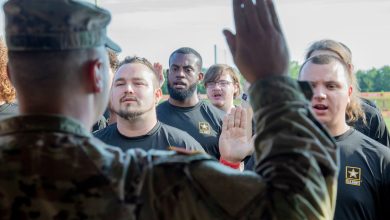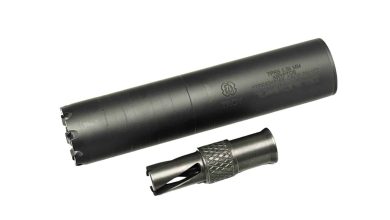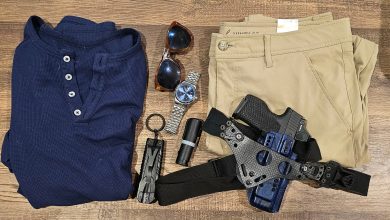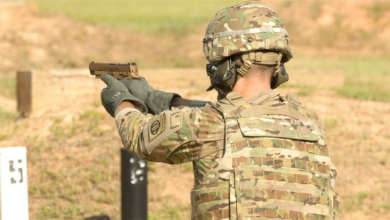Air Force’s ChatGPT-like AI pilot draws 80K users in initial months

Since the Air Force and Space Force launched their first generative AI tool in June, more than 80,000 airmen and guardians have experimented with the system, according to the Air Force Research Laboratory.
The lab told Defense News this week that the early adopters come from a range of career fields and have used the tool for variety of tasks — from content creation to coding.
Dubbed the Non-classified Internet Protocol Generative Pre-training Transformer, or NIPRGPT, the services are using the system to better understand how AI could improve information access and to get a sense of whether there’s demand for the capability within its workforce.
“The information we gain from this research initiative will help us to understand demand, and to identify areas in which AI can give airmen and guardians time back on mission,” the lab, known as AFRL for short, said in an email. “This will in turn enable us to better prioritize feature updates and security considerations as we scale enterprise capabilities related to generative AI in the future.”
The military services have been exploring how they might use generative AI tools like ChatGPT to make daily tasks like finding files and answering questions more efficient. The Navy in 2023 rolled out a conversational AI program called “Amelia” that sailors could use to troubleshoot problems or provide tech support. The Army started experimenting with the Ask Sage generative AI platform earlier this year and announced this week that it’s integrated the system into operations.
Alexis Bonnell, AFRL’s chief information officer and director of digital capabilities, told reporters in July that that the high usage rates for NIPRGPT confirm that there’s demand for generative AI tools within the Air Force and Space Force workforce.
However, the way service members are using the platform is even more telling, she said. Rather than simply using NIPRGPT to ask a question for find a document, most users have used a framework called RAG, or retrieval-augmented generation, to individualize the tool for their specific roles.
“What it signals to me is that people can now be more positively entrepreneurial and they don’t have to wait for a dashboard to be developed or a major system upgrade,” Bonnell said. “In some cases, they’re able to just bring in the knowledge they have a relationship with.”
The pilot has also helped the services start to shape an acquisition strategy for the capability. AFRL developed NIPRGPT using publicly available AI models and hasn’t committed to a particular approach or vendor as it builds on that baseline. As the pilot moves forward, the lab will work with commercial vendors to test and integrate their tools and determine whether they have utility.
Bonnell said that as AFRL continues to assess usage trends, it will get a sense of what features airmen and guardians want and what those tools might be worth to them.
“The ability to actually look at our actual use and inform our actual acquisition and be in a different position of evidence-based insight at the negotiating table with commercial, I think, is going to be really important,” she said. “So when we look at this rich horizon of commercial tools, we can be much more evidence-based, informed purchases versus throwing some AI at it.”
Courtney Albon is C4ISRNET’s space and emerging technology reporter. She has covered the U.S. military since 2012, with a focus on the Air Force and Space Force. She has reported on some of the Defense Department’s most significant acquisition, budget and policy challenges.
Read the full article here







